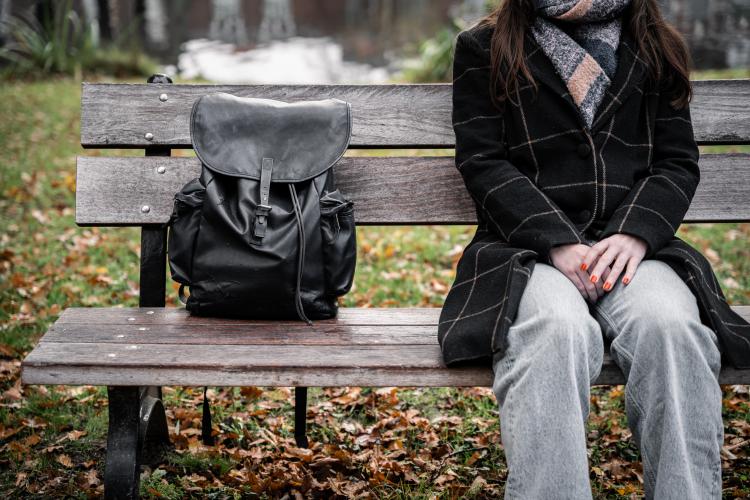Tactical positioning
Experience of an object in a public space can thus be gendered, but what does that look like? I spoke with Sarah (a pseudonym) about her experience with catcalling.
'Especially in my teens, men would walk up to me while I was sitting on a bench. I was between 15 and 18 years old. A man would ask: 'hey, how's it going?' when I just wanted to rest. I was forced to verbalize my boundaries and tell him I wasn't interested, or go along with the conversation and hope he'd catch on that it wasn't going anywhere, and that it would stop at some point. But I was really awkward, so I didn't dare to reject him verbally.'
Sarah has not had any experiences of catcalling or harassment since the age of 20.
'Sometimes I sit in the middle so that no one can sit next to me. At other times, I sit on one end, with my bag placed next to me in such a way that there's only space on the opposite side of the bench, with plenty of distance between us.'
Where for a man the choice of park bench can rely on the positioning in the sun or in the shade, whether it has a nice view, or whether it’s far away enough from noisy children, there can be an added dimension for women: the active avoidance of the risk of being harassed. And placing a bag next to oneself can be done with the main intent of keeping it dry, clean, or easily accessible, whilst for another person, the main reason can be to ensure enough distance from a stranger on the other side of the bench. It appears that the meaning of such a public place to sit, intended for comfort and enjoyment, can differ per person, and per moment in time.
